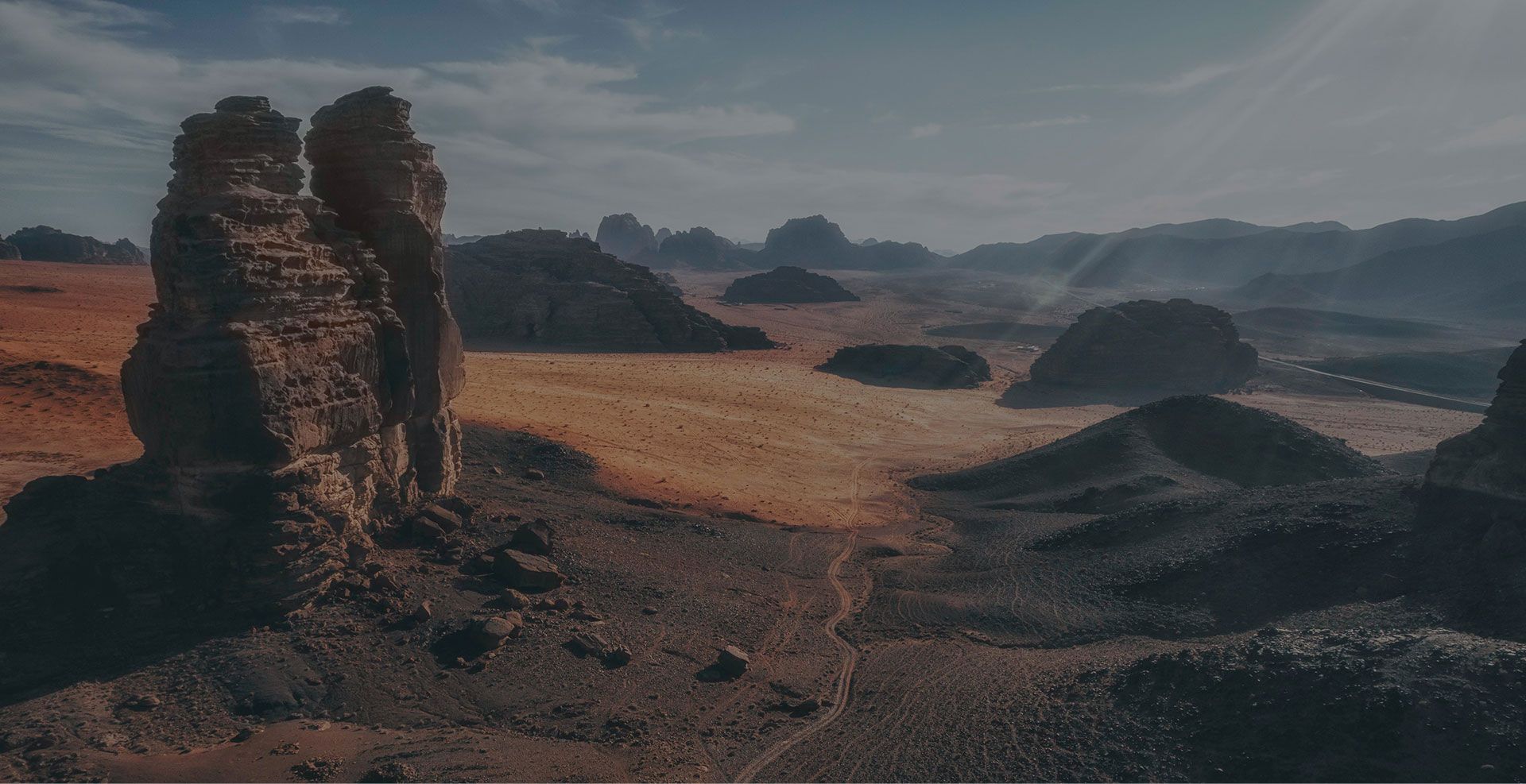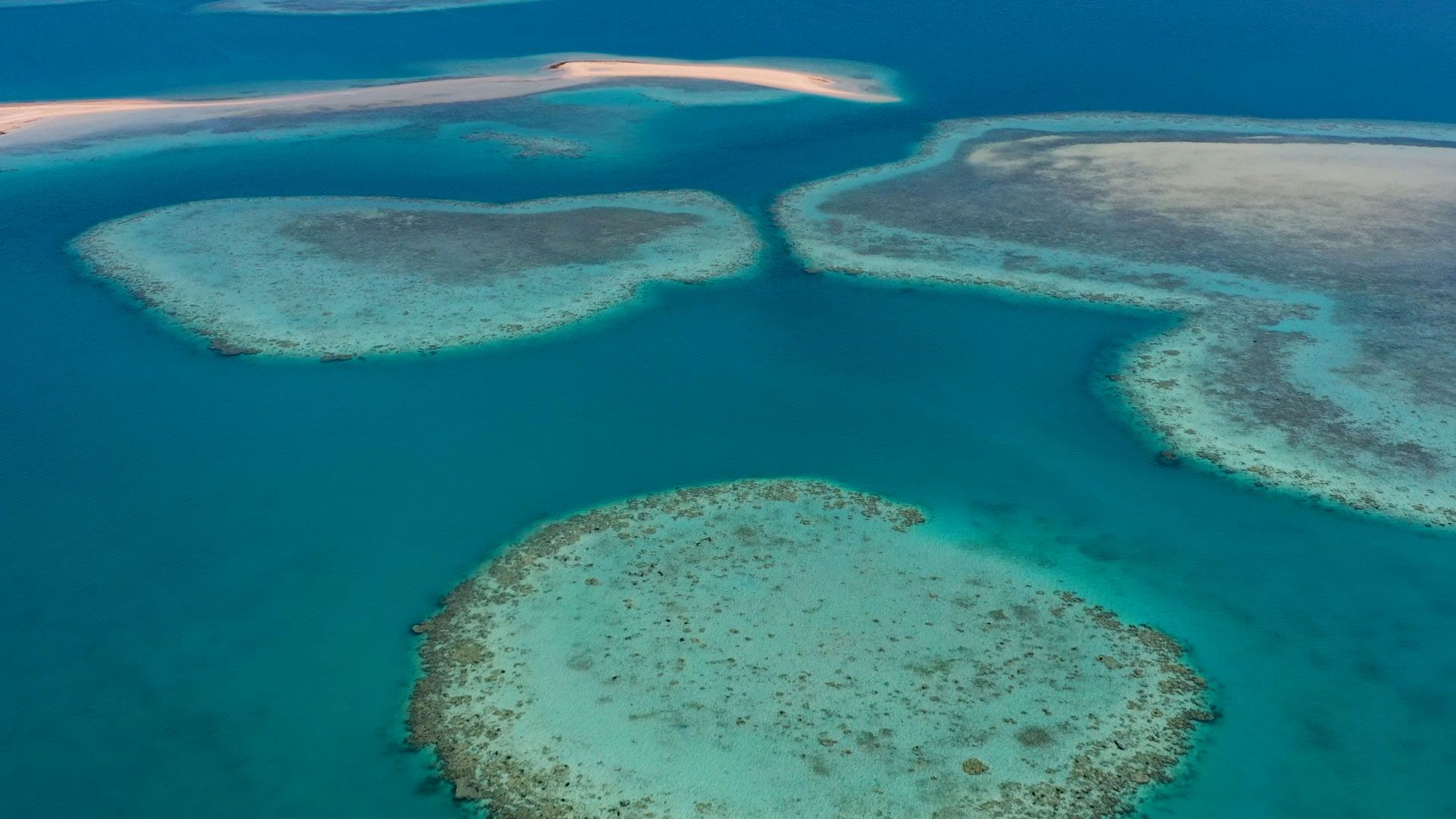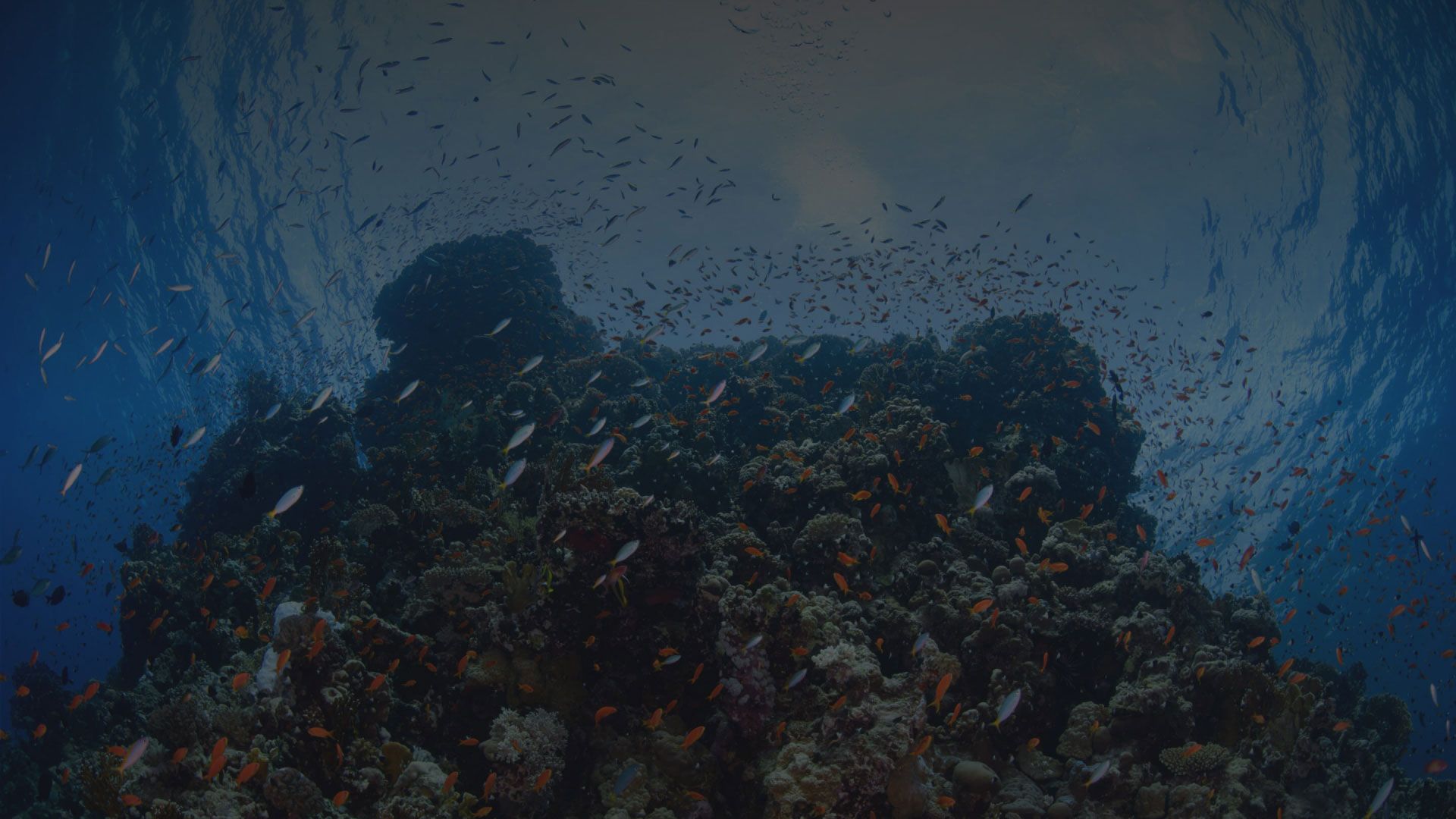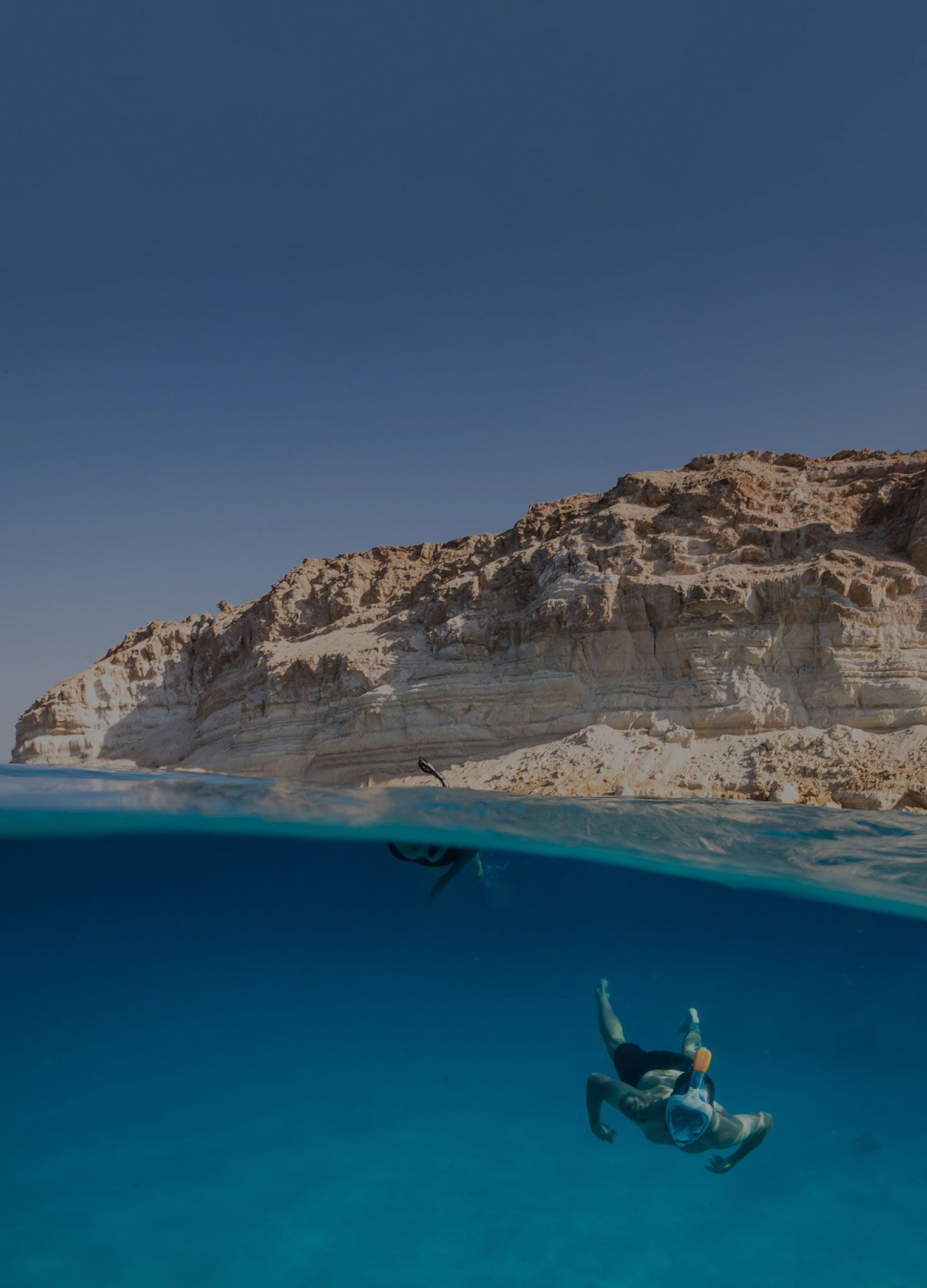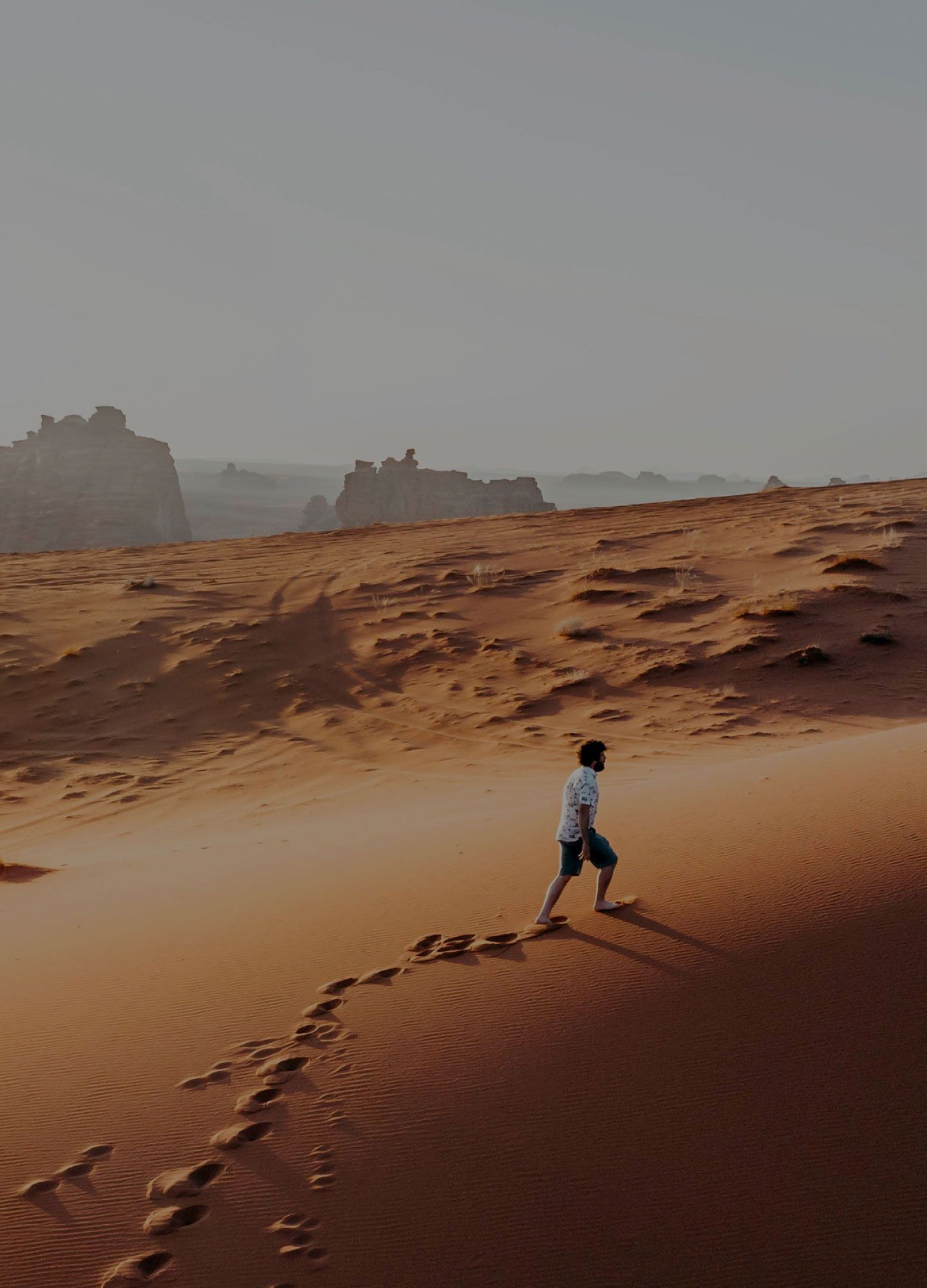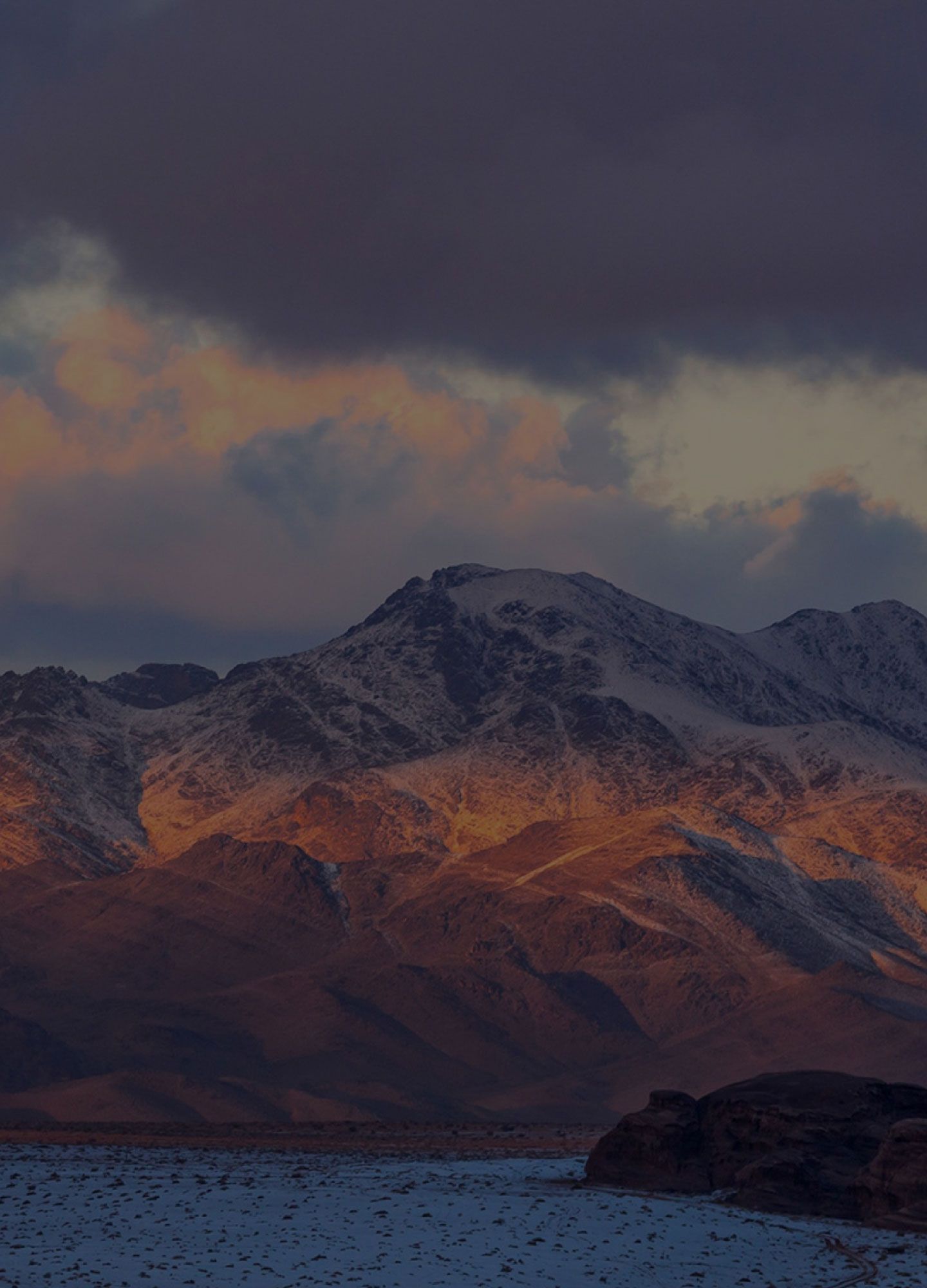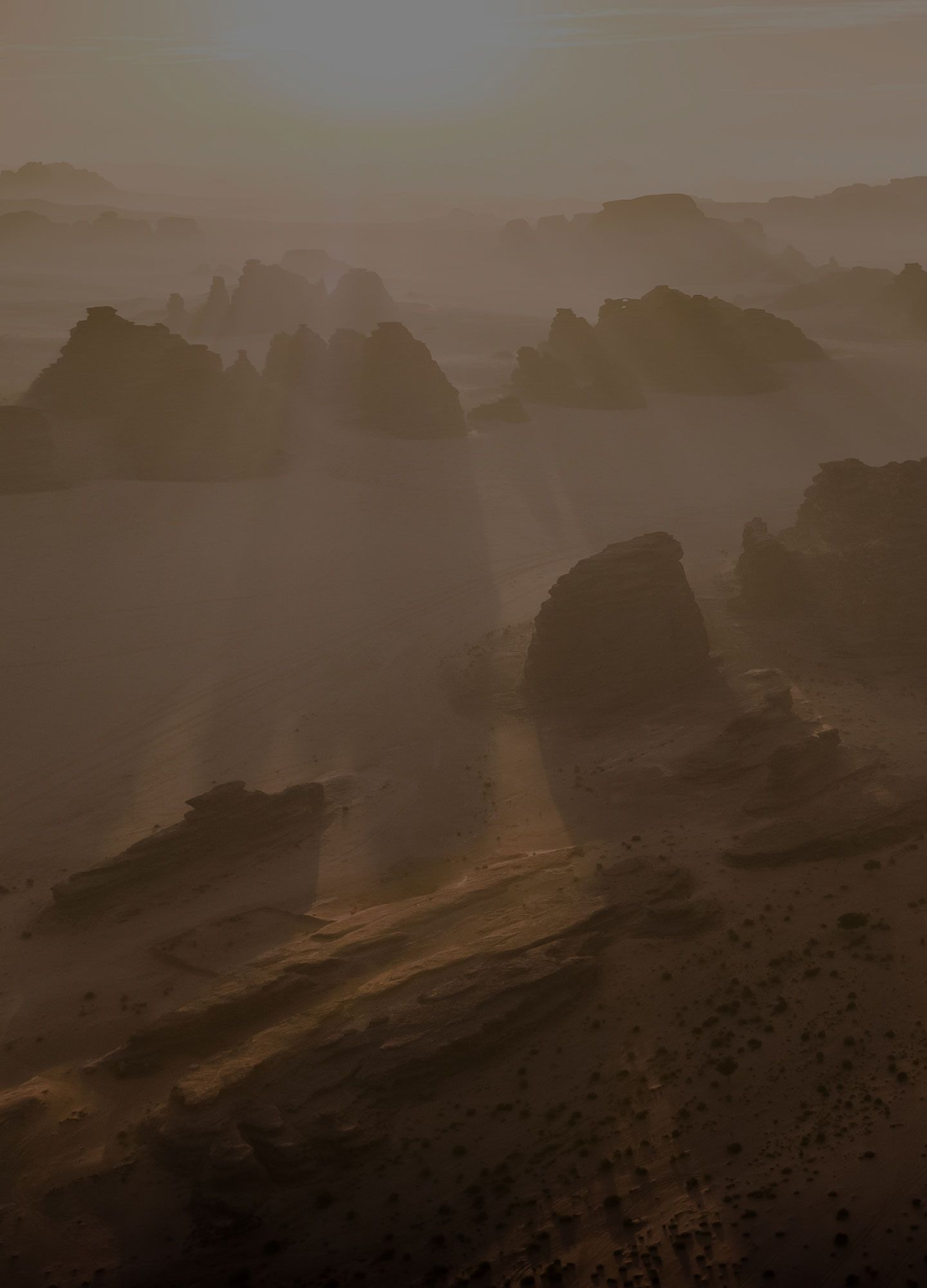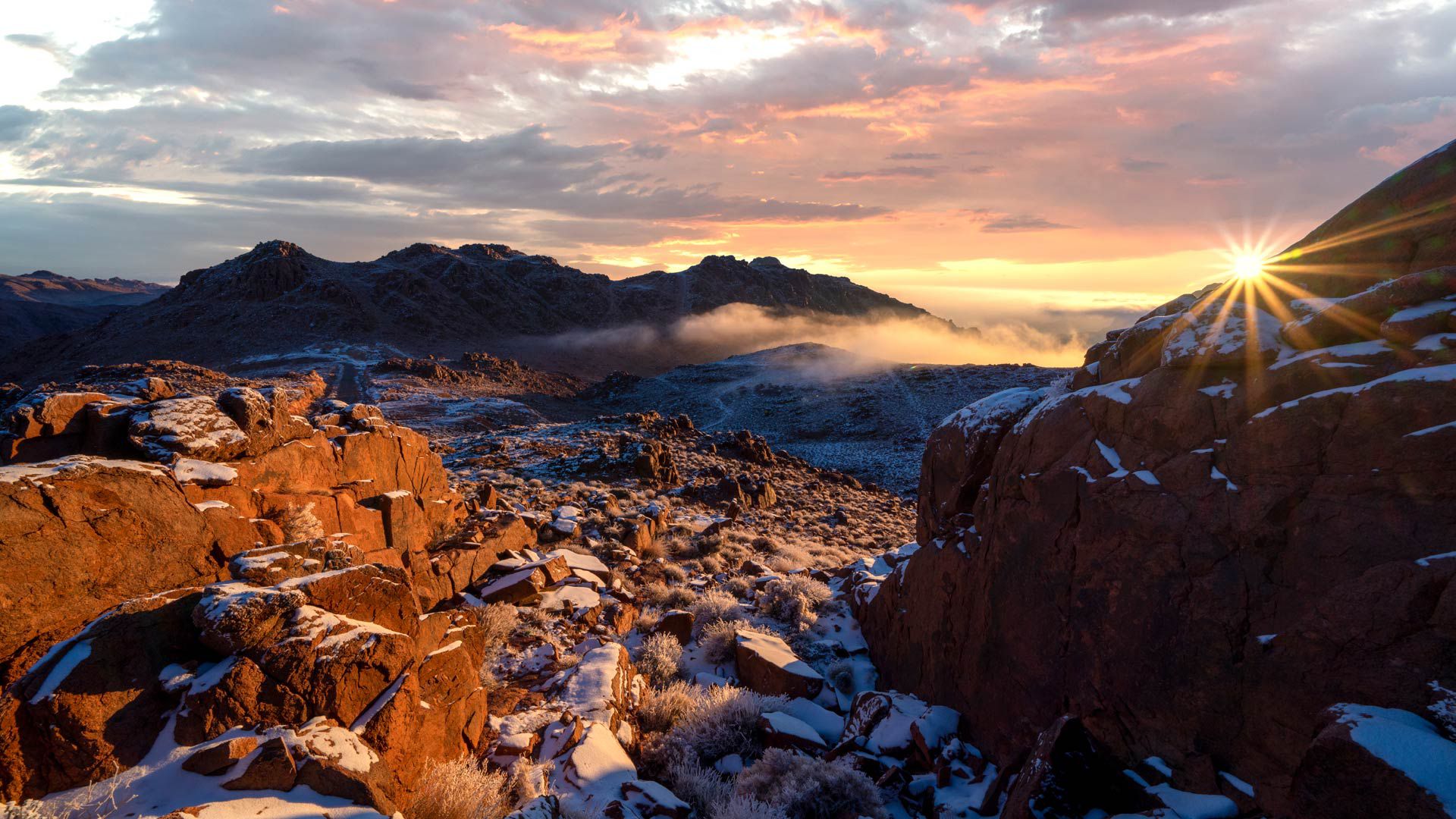-
Nature
A new model for
protection, preservation & regeneration
From the deep blue ocean and pristine beaches to awesome desert and epic mountains, NEOM has an ancient geography and topography unlike anywhere else. Reefs that sparkle with colour, green wadis that provide an unexpected oasis, mesmerizing red sand dunes shifting with the wind and endless mountain valleys providing iconic views. The rich tapestry of the natural world will be protected, preserved and elevated – at scale.

Some 95% of our land and sea will be protected for nature. Residents, tourists and wildlife will benefit from our regreening and rewilding model. For humans, enhanced livability will be the norm.
For native animals and plants, they will live in harmony with the land and sea – and be under no threat from people or desertification. We must us all become stewards of tomorrow – in order to repair our climate, save species and replenish natural resources. For NEOM is an accelerator of planetary regeneration and nature has to come first.


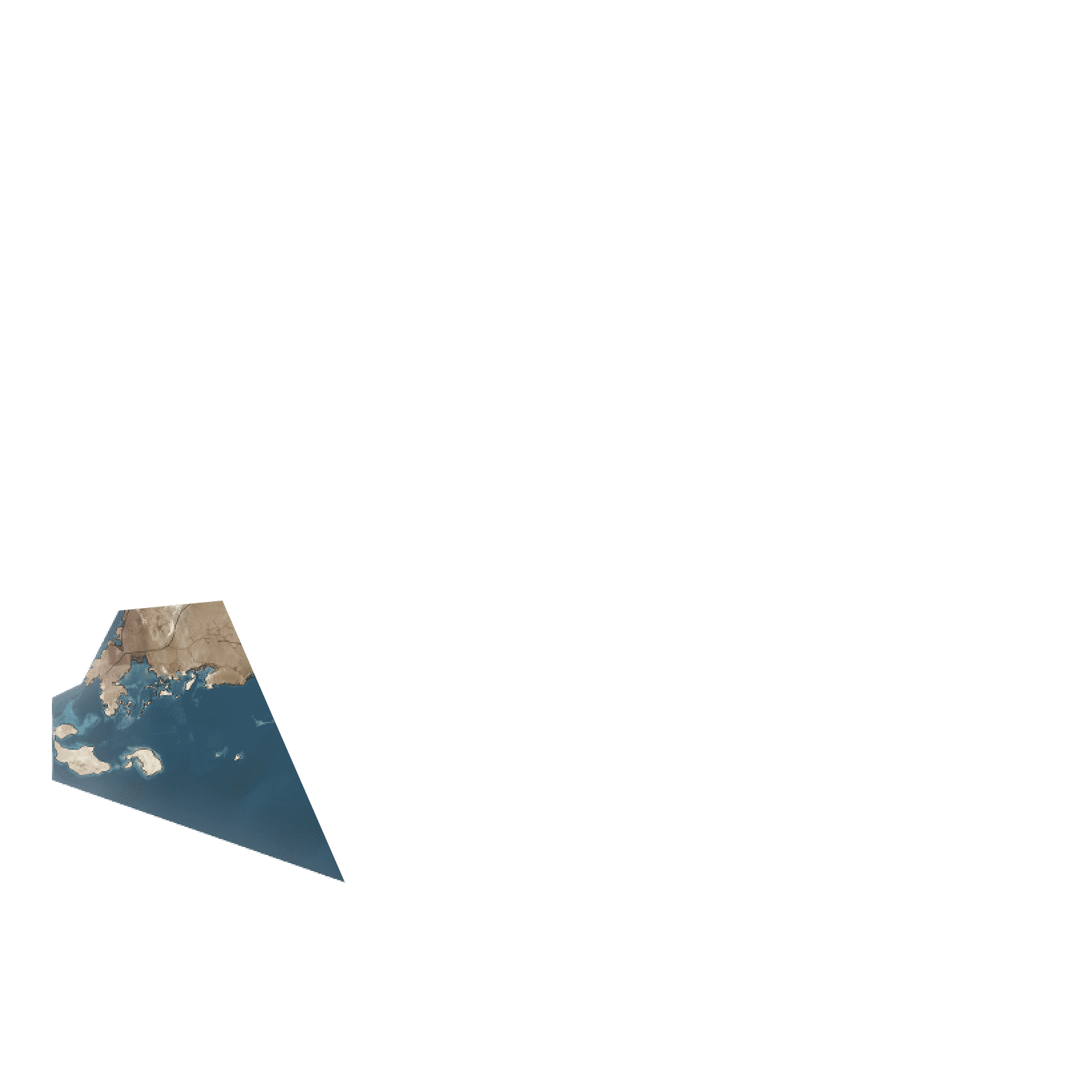
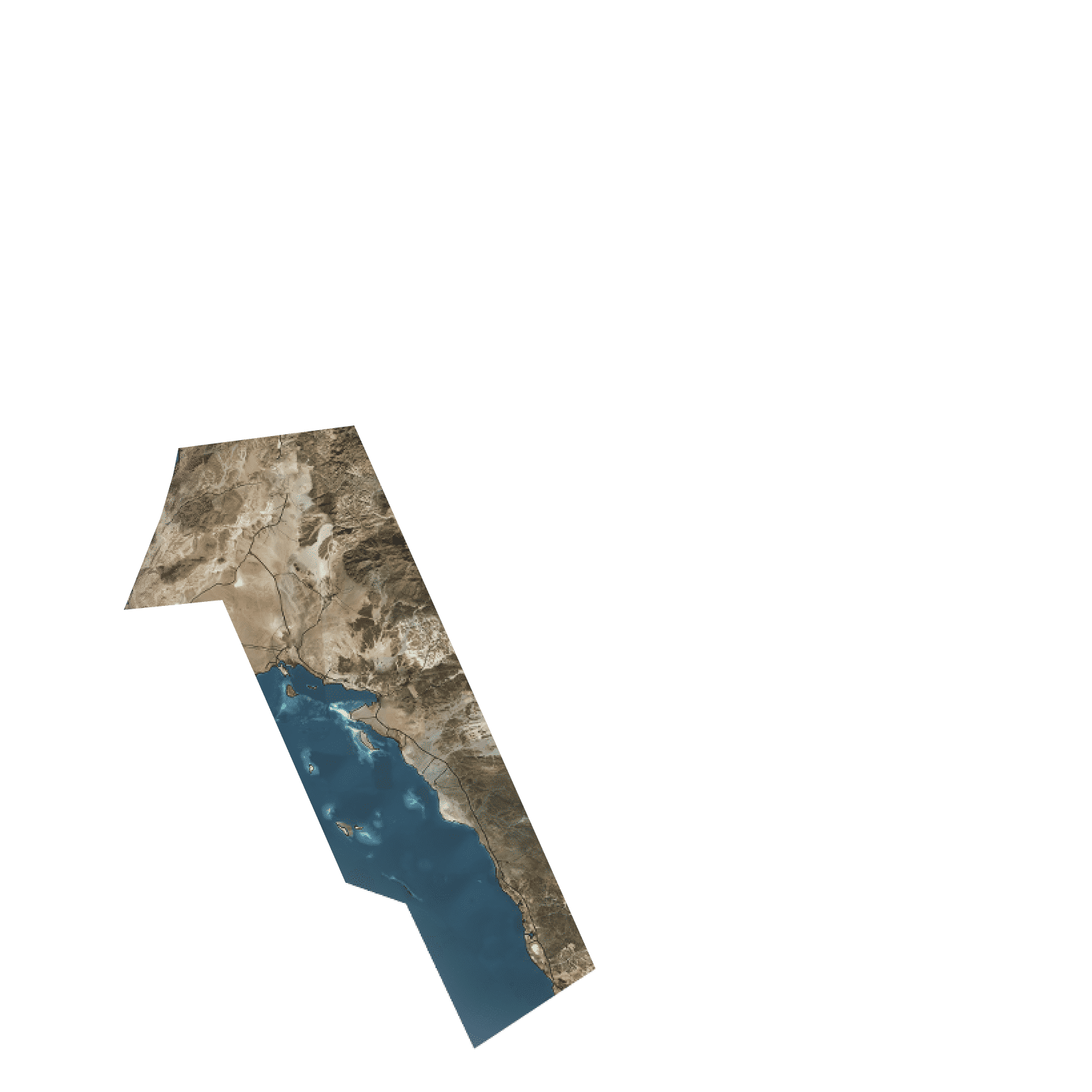
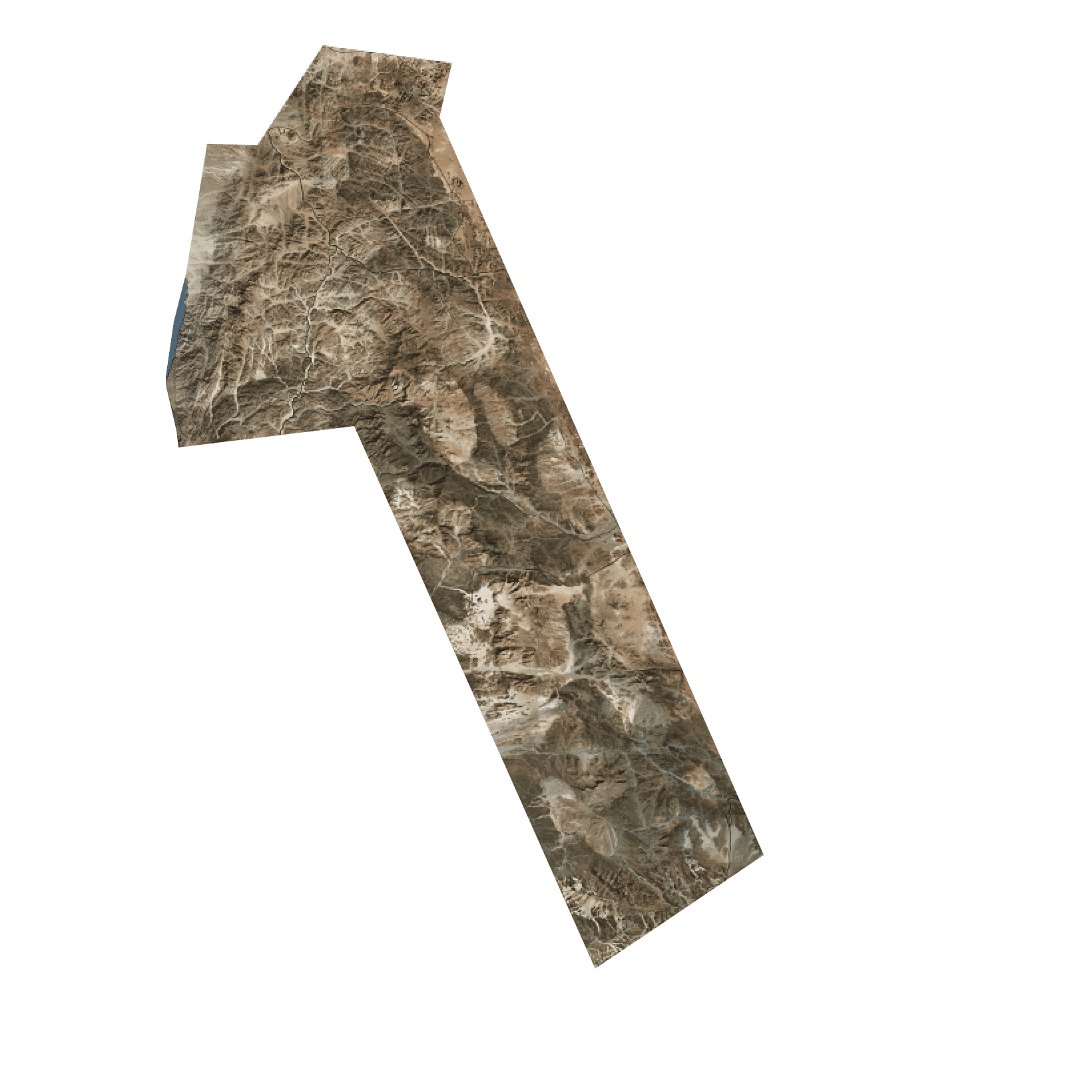
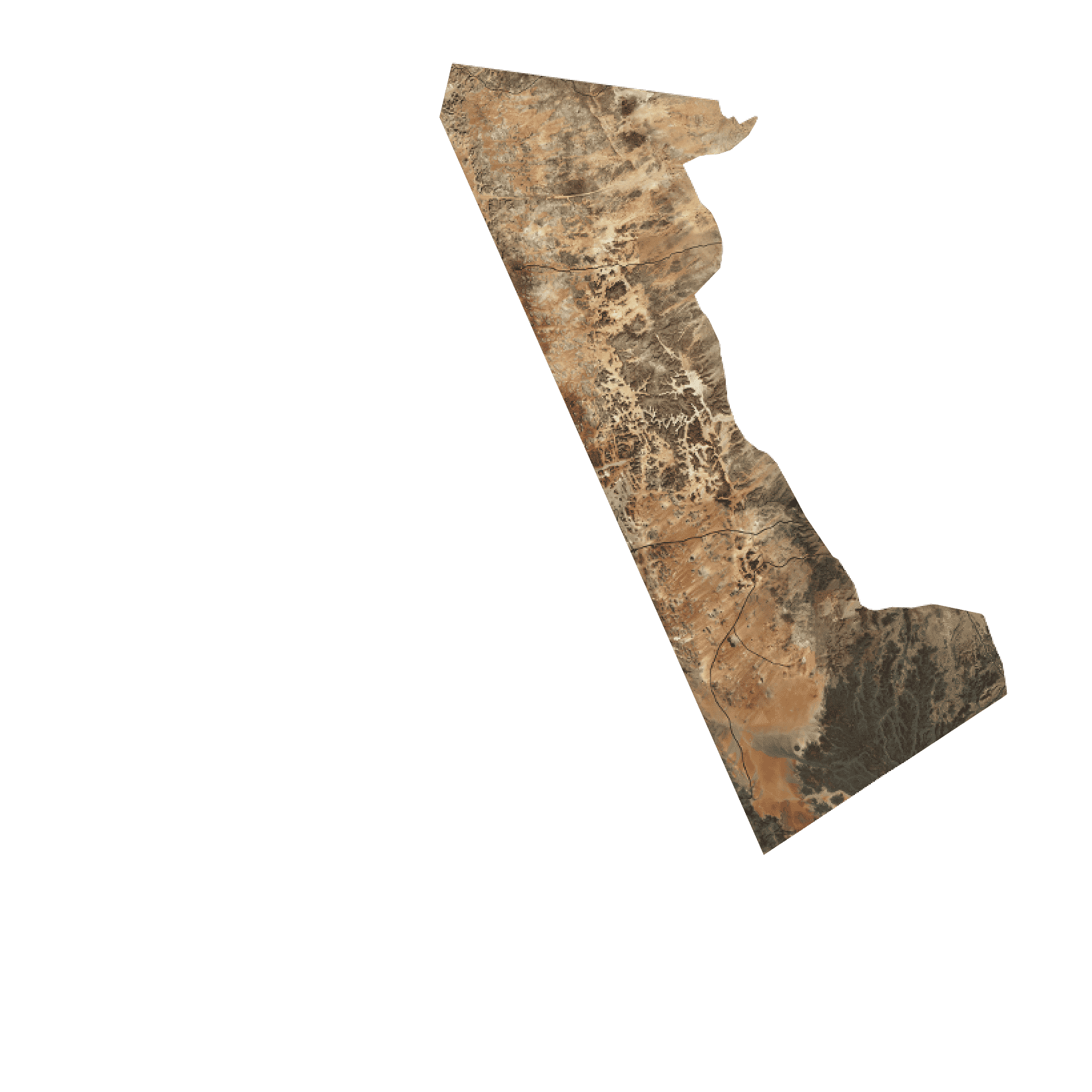
-
1
-
2
-
3
-
4
-
Marine Seascape
Scenic Islands and Coasts
NEOM’s scenic islands and coastal areas support rich biodiversity and provide unforgettable nature experiences.
-
Lower desert region
Tranquil Expansive Deserts
Sweeping desert plains and rocky foothills support unique wildlife and a long cultural history.
-
Mountain Region
Inspiring Mountain Ranges
Inspiring mountain ranges that are home to rare and threatened wildlife species.
-
Upper Desert Region
Incredibly Diverse Valleys
NEOM’s majestic valleys offer magnificent sceneries and support special biodiversity.

Setting New Global Standards in
TRANSFORMATIVE NATURE-BASED EXPERIENCES
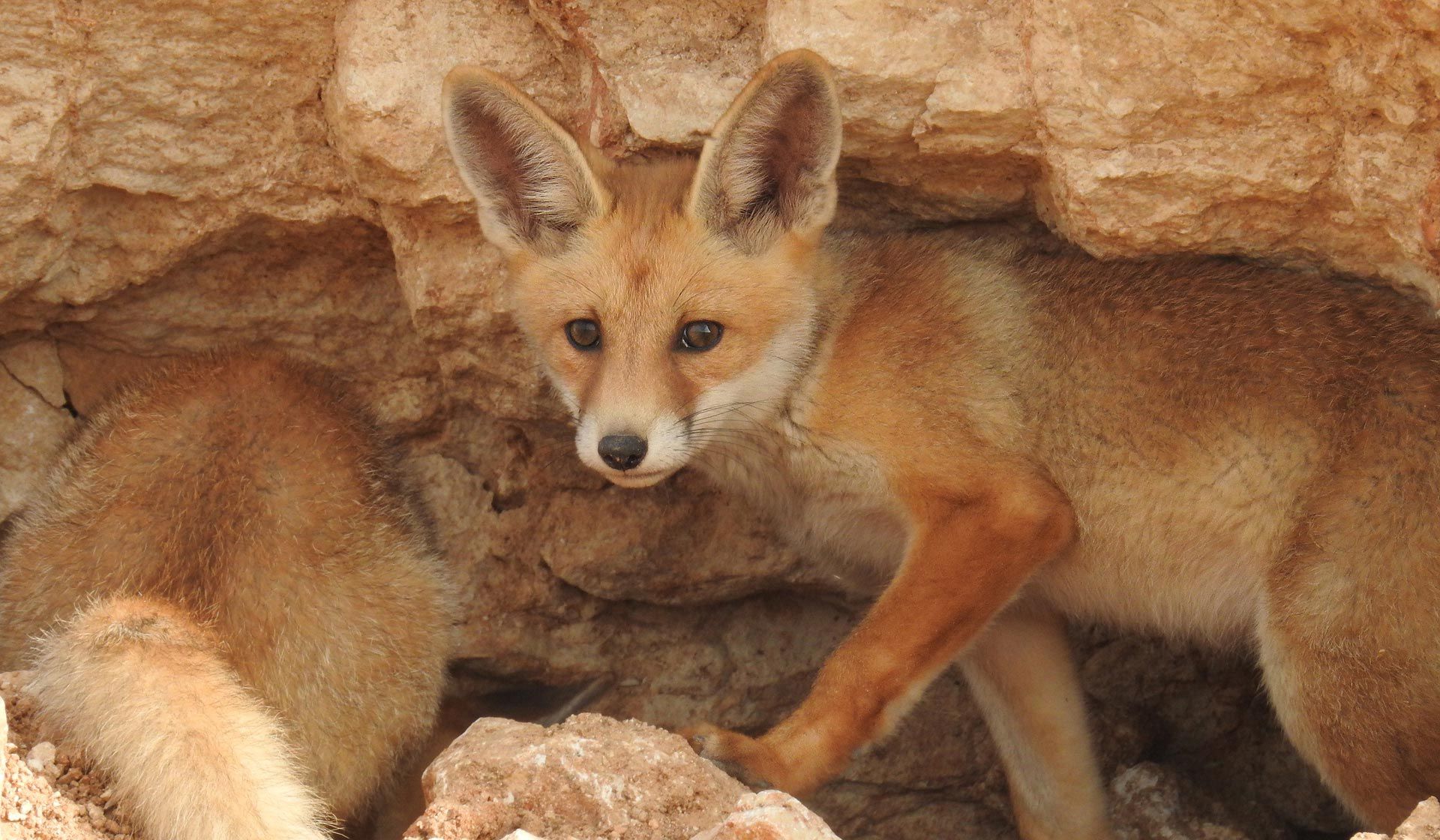
Setting new global standards in
CONSERVATION & PROTECTION
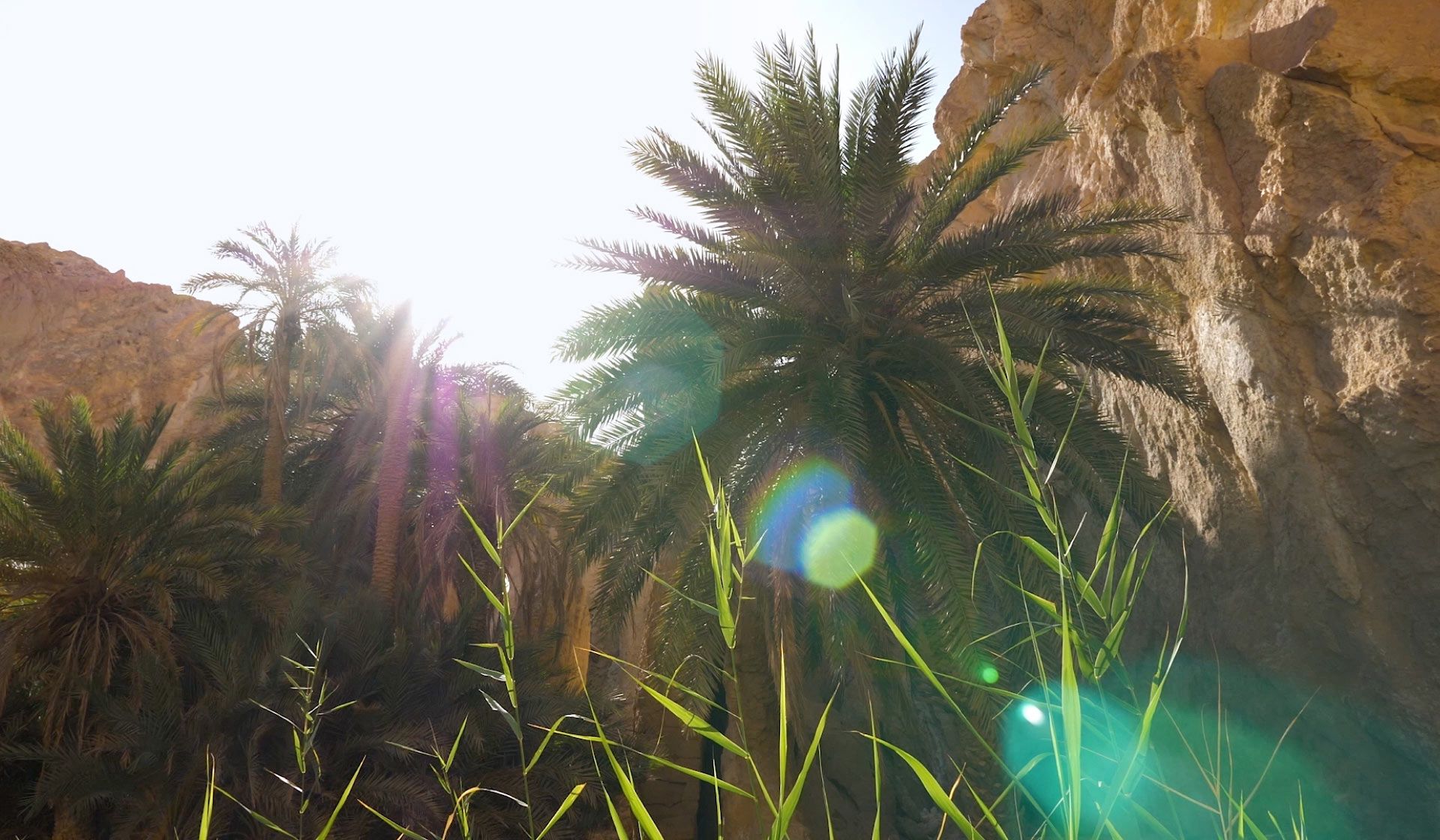
Setting new global standards in
HABITAT RESTORATION
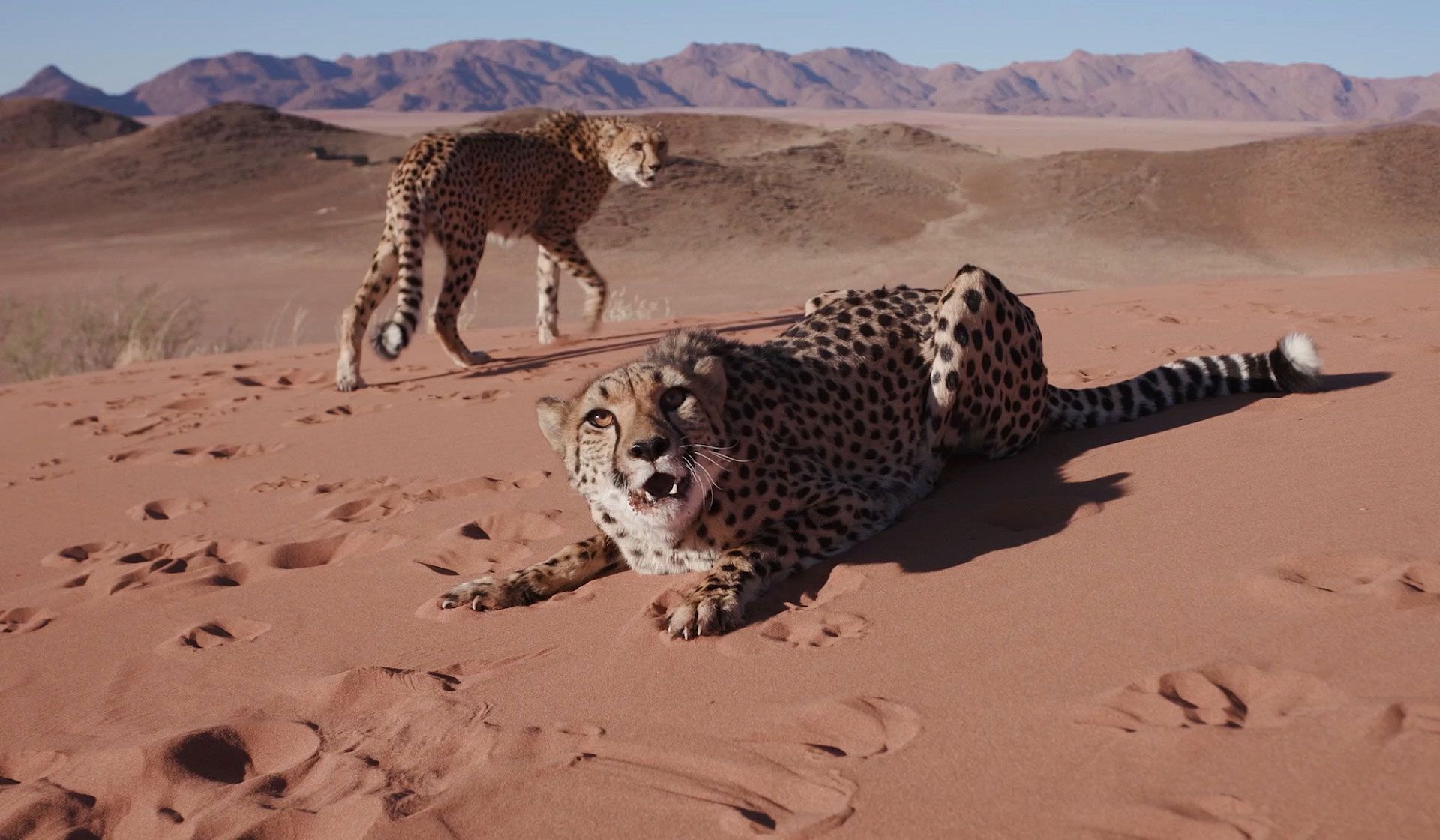
Setting new global standards in
REWILDING

Setting new global standards in
REGREENING
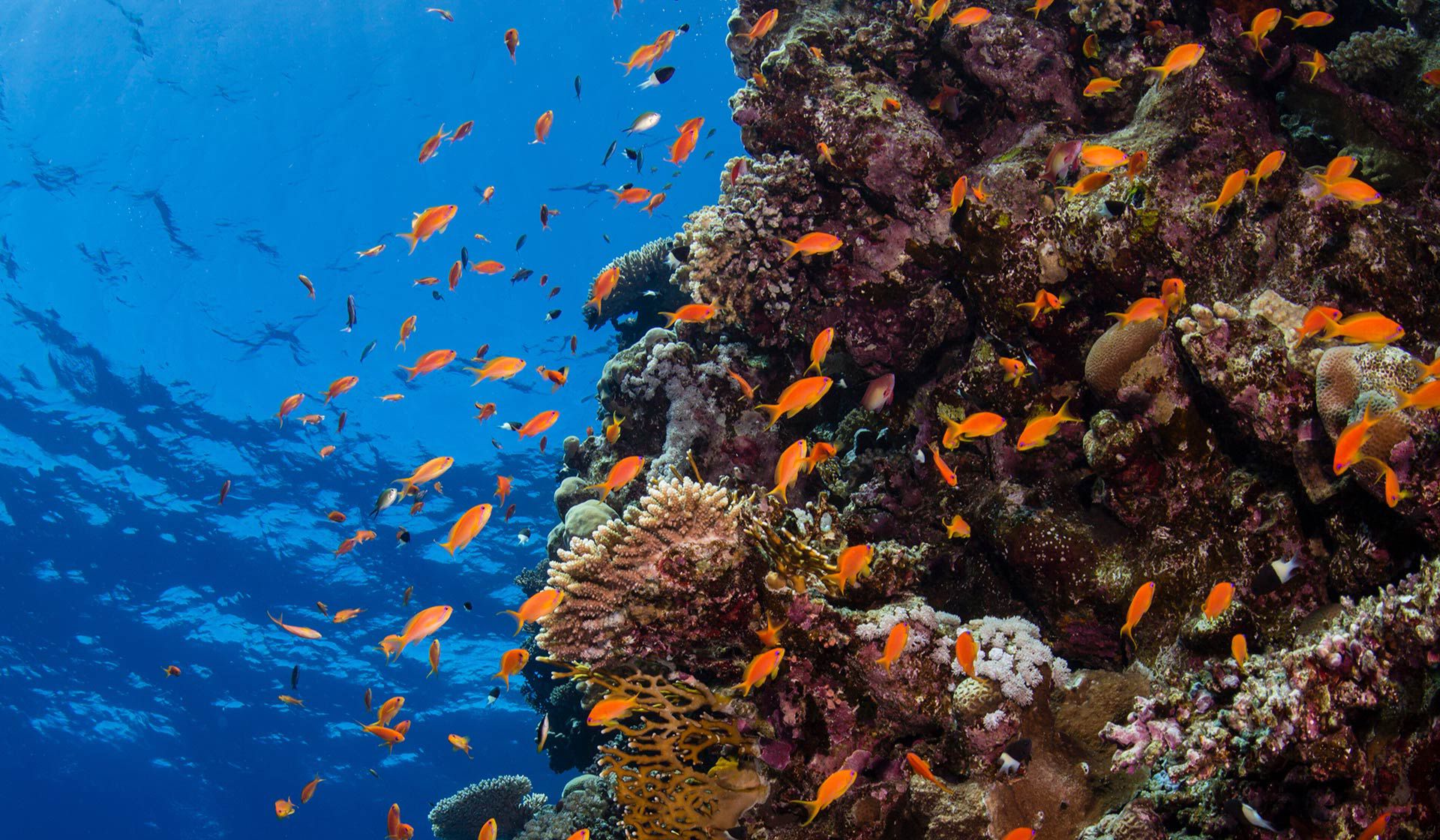
Setting new global standards in
CORAL REEF RESTORATION
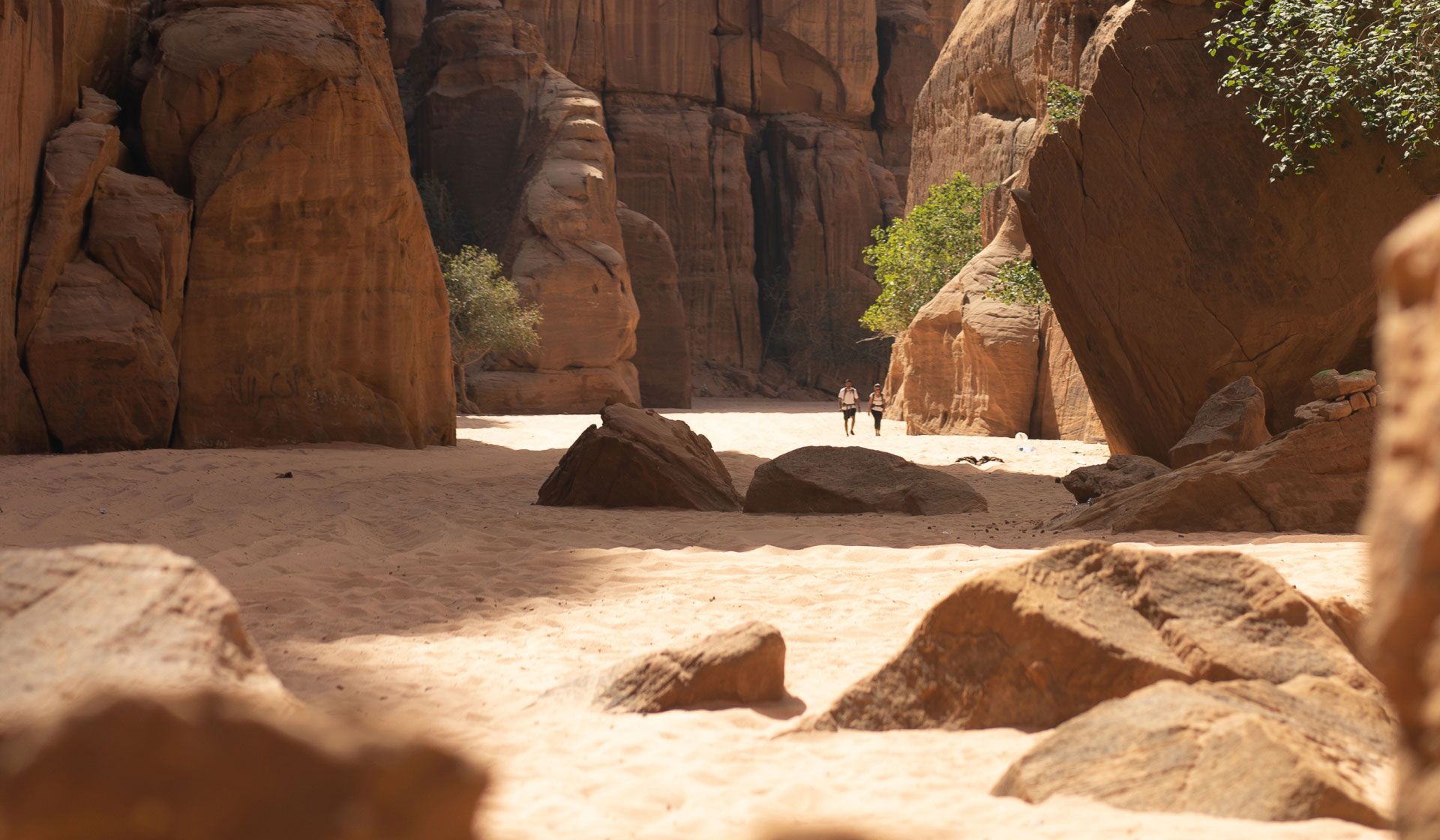
Setting new global standards in
REGENERATIVE TOURISM
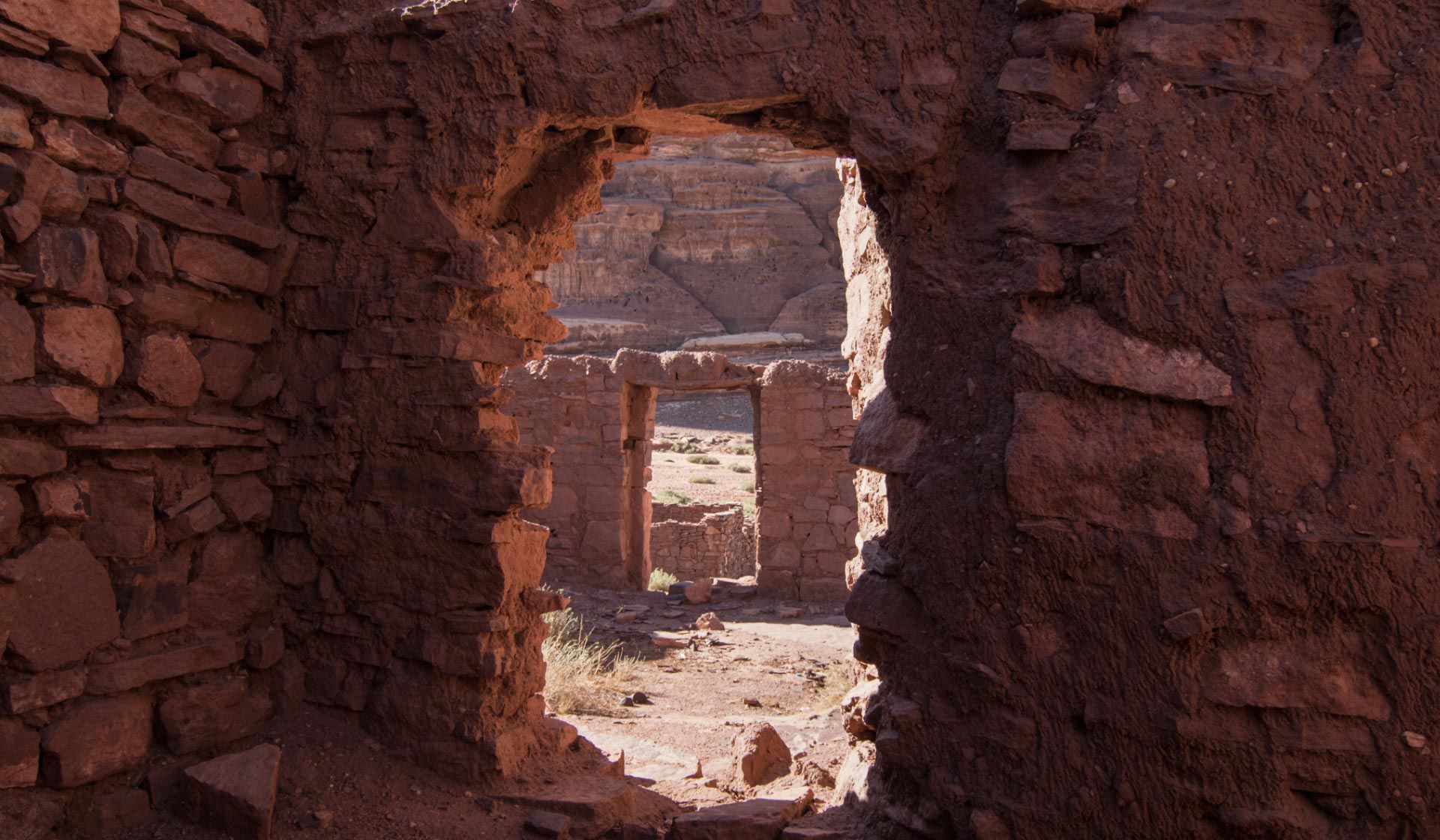
Setting new global standards in
WORLD-CLASS PROTECTED AREAS
Hear from the Experts
-
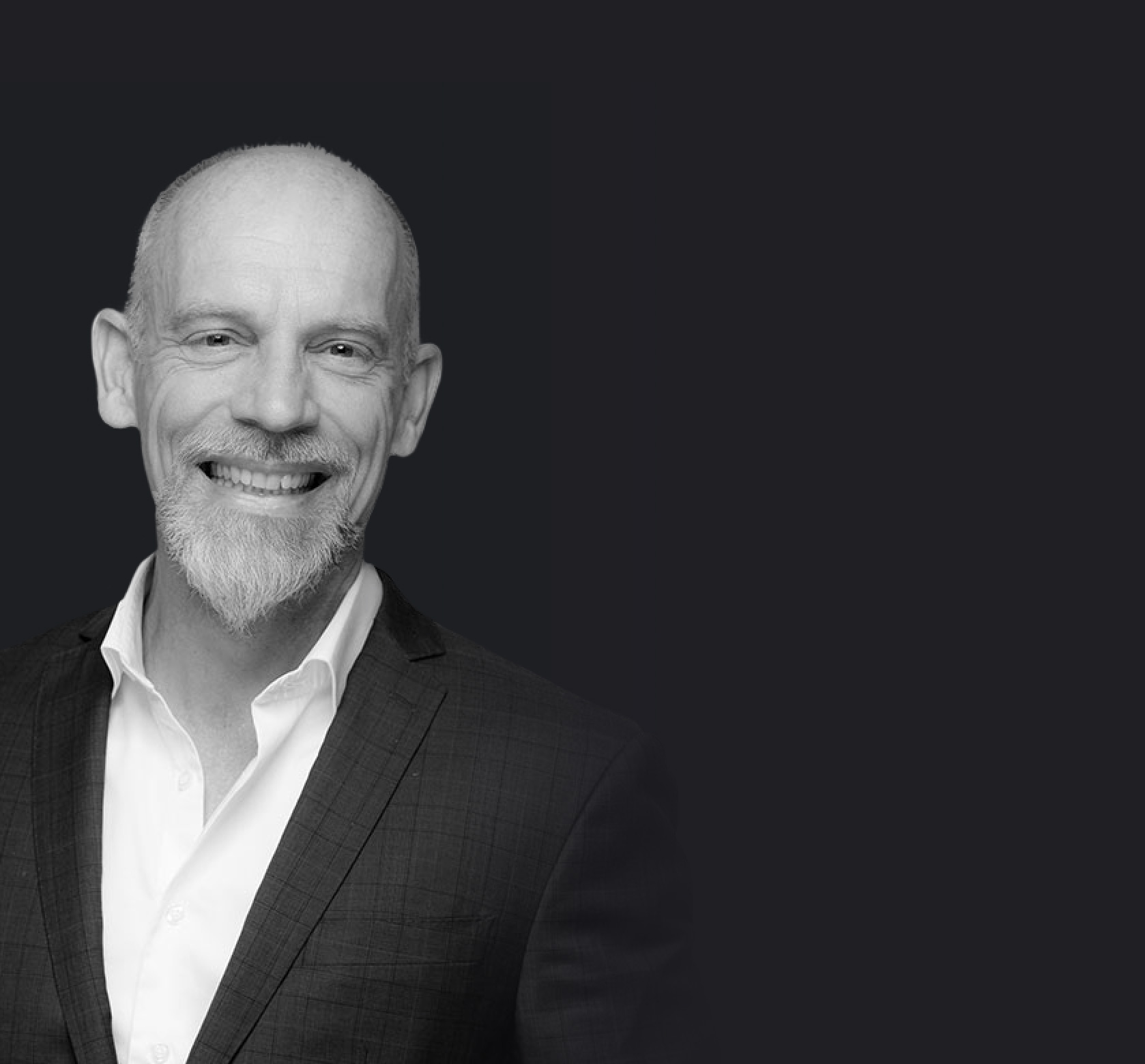
Dr Paul Marshall
Head of Nature
NatureNEOM has been designed with nature-first principles in mind. That will apply right through the construction period as well.An interview with Dr Paul Marshall
-
Could you map out where the nature reserve sits in the grand vision for NEOM and how integral it is to the success of the project?The nature at NEOM is incredibly spectacular, and surprisingly so. Most people think of this part of the world as being a boring desert; it is anything but that. We've got beautiful crystal clear waters. You can swim straight off the beach and be surrounded by corals and vibrant marine life. You can head inland to see incredible mountain ranges 2,500 meters high and with snow in winter. Then the spectacular geology enables you to drop into the Upper Valley, where you've got these incredible red sand dunes and mazes of rock outcrops. It's just beautiful. It’s a place of mystery and majesty, and you can do all this within a day. Truly amazing. So nature is one of NEOM's core value propositions and in recognizing how important it is, we've enshrined our commitment to protecting it in the entire approach to developing here. We will be limiting our development footprint to just 5% of the region. So 95% is for the protection of nature. That's our way of really solidifying our commitment to nature as something that deserves protection. For the good of the planet, but also as a core value proposition for the people who will call NEOM home and will visit for holidays.
-
Could you map out the world firsts that your team is working on?One of the most significant is the extent of commitment to nature conservation, the whole idea that 95% of NEOM will be preserved for nature. That's really key. What we’re planning is that the program will be activated like a national park. But a national park like the world has never seen. A place for nature to thrive, but also for people to come and experience. So we want to create some of the most significant nature conservation initiatives, but also some of the most impressive nature-based experiences for visitors to come and enjoy. We have an opportunity here to do some really significant nature conservation because the region has a landscape and seascape that has had no industrial pollution. But having said that, there's been a history of over-grazing by camels, sheep and goats. There's been overuse of groundwater, so the actual conditions for life here have been a little bit depleted, with a history of desertification. That's important to recognize because we can turn that back. So through the management regime, we will first focus on habitat restoration. This has been attempted in very few places in the world on the scale of NEOM. We aim to restore healthy habitats over 25,000 square kilometers by restoring natural flows of groundwater. We will protect vegetation and enforce hunting bans. We will also reduce the livestock grazing so that the trees and the grasses can start to grow freely again. However, we recognize that this is not enough. Humans have played such a heavy hand in the history of environments all over the world that they now need to play a more energetic role in restoring and reviving them. So the first thing we're going to do is introduce one of the world's most ambitious rewilding programs. This will begin with our regreening program which will see the return of 100 million trees, shrubs and grasses over a 10-year period. And that's going to then kick-start the return of the ecosystem to its former glory. Once we have that vegetation started, we'll see a lot of the small animals starting to come back. And then we will accelerate the return of the big animals. So mountain gazelles, oryx, ibex and eventually, we hope native cat species such as cheetahs, leopards and Arabian lynx. People don't think of the Arabian Peninsula as a place of wildlife. They think of Africa. But this used to be a place of rich wildlife. Rewilding at scale is hugely ambitious, but NEOM is taking on the big challenges.
-
NEOM is aiming to assign 95% of land to nature. Would you be able to map out what that means and how it’s possible to rewild and regreen a whole region?The program is a really important underpinning or foundational element in our whole approach to conservation. We will be only using native species that are adapted to these local conditions so we can maximize success and minimize water use. We're going to be using a successional planting approach. And what that means is we start with the species that can consolidate the sands, make them more suitable for other plants to survive, return nutrients into the soil and start to trap the moisture. This will set the stage and improve conditions for the later species. So you build it up in a way that's ecological, then you have a system that is self-sustaining. When you increase vegetation, you change the microclimate. You change the way humidity travels across the landscape. And so our approach to greening will focus on core areas that will increase the density of vegetation and increase the amount of shade occurring over the land. This will reduce the amount of heat and allow more humidity to come off the ocean for the plants. So you end up with this positive feedback loop that will make it easier for the plants to survive – and for new seeds to grow.
-
Regenerative tourism is a new concept. Please can you tell us more about the thinking here?There's been a real trend toward sustainable tourism. And the idea behind that is that by visiting a place, you don't make it worse. That's a nice idea, although it's not nearly enough. You know, the planet needs more of our help than just avoiding harm. Regenerative tourism is taking it to the next level, where every visitor actually makes a positive contribution to improving nature. So whether that's planting trees or funding animal breeding programs, or other projects that help to improve nature. That's regenerative. So the idea is that when you leave, you'll get a receipt that actually articulates all the ways you contributed. It will mean you know that NEOM is better for your visit.
-
The combination of visitor management tools and tech-enabled visitation, spatial and transport systems is compelling. Why has nobody ever done this before?There are two reasons. One, key technologies are only really starting to be mature and scalable now. Second, nearly every other national park in the world has a legacy of planning and decisions that have led to infrastructure and systems that make it harder to integrate new technologies. At NEOM, we’ve got the chance to plan a large-scale national park from scratch. It allows us to take much more progressive approaches to tourism and visitor experience, giving us the opportunity to capture emerging technologies and have a roadmap of bringing them to life here. We're uniquely positioned to fast-track the adoption of new ideas and technologies.
-
Which partners are on board to help with this journey?We're working really closely with the Sauid Arabia National Center for Wildlife and the National Center for Vegetation Development – under the Ministry of Environment, Water and Agriculture – and they are key partners for us in the design and delivery of all the conservation work. We're also working closely with our neighbors like the Prince Mohammed bin Salman Nature Reserve to shape a collaborative approach to conservation.
-
In terms of the nature landscape and protected heritage sites, how will they be different from the others around the world?One of the things that's pretty amazing about NEOM, apart from its diversity of landscapes, is the cultural history of the place. We want to, by working with our colleagues in the heritage team, bring to life and amplify the cultural history of people living and using the landscape with great respect. There's a really strong history of stewardship that we're tapping into and there are signs of that long history here. When you come here, you'll be seeing incredible landscapes plus beautiful vegetation, habitats and wildlife – all interwoven with these cultural stories. This is a place of great significance for early trade routes, then later for religious pilgrimages. It's also at the crossroads of the three great Abrahamic religions. So there's a really great interplay between the cultural history, the human story and the story of nature. It's really nice to be able to bring that to life. We are also developing a ranger program, which will be essentially our frontline to help protect nature and ensure people have a very positive experience when they visit. And that's being built up from local people, who we will train to be rangers here. Not only can they exercise their stewardship, but also help visitors really tap into those cultural stories.
-
How will the nature experiences be transformative for the people that come here? And do you think being in natural environments relieves stress in people?There's an accumulation of science showing that time in nature is one of the best things you can do for mental and physical health. So, the nature reserve will provide a wealth of opportunities for people to reconnect and discover all those health benefits. For residents and visitors, NEOM is just such a breathtaking place – due to the peace and serenity you can have here. There will be lots of healthy activities including walking, mountain biking, rock climbing and a whole lot of other experiences that help people to connect with nature. One of our philosophies is to achieve conservation by inclusion, not by exclusion. So we want to create opportunities for people to be part of what we're doing for nature conservation. Who doesn't want to do something that's helping trees and animals? We are creating conservation projects that are participatory by design – for people to get involved or even just to sort of get up close and learn, and they can be good for the soul too.
-
And what makes NEOM such an attractive proposition for tourists, residents, business partners and investors as well?There's been this idea that predominated during our post-industrial era that you have to choose between economic opportunity and the environment. That's largely an artifact of the way we've built our economic systems. And now that's a legacy that's hard to escape, except in NEOM because nature conservation has been one of our driving principles. We've actually been able to design economic sectors that can experience all that growth and economic opportunity without harming the environment. The entire way of thinking about business is different here. The lack of legacy is a privilege that we have right now. Investors can come here, invest in our business and feel that they are contributing to the protection of nature. A win-win really can exist if it is designed in from the beginning. For residents, it's the idea that you can be living in the middle of a national park. One of the key drivers is that every resident will be five minutes from nature. There's a real democratization of nature experiences. Only the richest can afford to live next to Central Park in New York, while here everybody will live that close to nature. With the plans we have for revitalizing nature, if you come to live here your backyard is going to be a place of desert wilderness and wildlife safaris – not to mention swimming in crystal clear blue water on the beaches. Then for tourists, you have the chance to come to a part of the world that very few people have seen – to see landscapes and the Arabian wilderness. When we have finished our conservation work, we're going to have landscapes and wildlife that people haven't seen in this part of the world for hundreds of years. So that'll be an amazing attraction.
-
So how will NEOM protect the heritage sites and the wildlife that's so prevalent in that area around the region?We will designate the nature reserve as a network of protected areas that are aligned with international standards. The International Union for Conservation of Nature sets the global standard for protected areas and we'll be aligning our conservation regime with that. So then you end up with a clear structure of management and protection. That will be enforced through a conservation compliance program, rangers will be patrolling and will be using technology to help people know when they're en route versus off route. Essentially, technology will help maximise the visitor experience while also ensuring nature is protected.
-
People will ask how is it possible to protect and conserve a nature area when there is so much construction happening – that is a huge challenge isn't it?This is, indeed, going to be the world's largest development project – but NEOM has been designed with nature-first principles in mind. That will apply right through the construction period as well. And, of course, everything is being developed in accordance with environmental and social impact assessment processes; and in alignment with the environmental and sustainability standards of the International Finance Corporation of the World Bank.
-
How important was the OceanX marine expedition in the Red Sea off the coast of NEOM?It was the first chance anybody had to really explore scientifically the marine environment of NEOM. And we know that this part of the world in the northern Red Sea has the most climate-resilient coral in the world. So the coral here is really special. It has adapted to deal with very high temperatures. We didn't know what else we had until this expedition. Over six weeks in 2020 we were able to explore every part of NEOM with scuba divers, submersibles and remote-operated vehicles. It took us to the deepest part of our sea, which is 1.8 kilometers down. We discovered this incredibly rich underwater environment. It really opened our eyes to the conservation opportunities, but also the conservation responsibilities. And that's really driven our thinking about how to also protect our marine environment and how to establish a marine protected area.
-
What is the legacy you want to leave for future generations through NEOM's approach to nature?It's such an exciting project to be part of because it's the world's largest development project, but done in harmony with nature and showing that you can actually do large-scale economic development without ruining nature. That's a fantastic thing to show the world and we can set a new benchmark so that we can do it here and then other places can do it too. Then there's our chance to really deliver globally significant conservation outcomes. We want to be at the forefront of a renaissance of Arabian wildlife. It's not something that people think about because intact wildlife ecosystems don’t exist today, but they used to and they can again. So we want to bring desert ecosystems back onto the global stage, have them recognised for their importance to conservation, as well as their attractiveness for visitors. To get there, we're going to have to break new ground by accelerating the uptake of technologies. And by inventing new approaches that can be taken up and used around the world, whether it's fast approaches to planting trees, how we restore corals or how we accelerate the return of fish populations. Our goal is to break through barriers or accelerate solutions for the rest of the world as well.
-
Could you tell a bit more about your own profile and career?I've always had a great love of nature and I grew up camping in various places all around my native Australia and then discovered my love also for the marine environment. So I worked for 15 years with the Australian government, in the management of the Great Barrier Reef Marine Park. My work there expanded to how we look at the interface between the land environment and the marine environment and how they connect, as well as how we understand the risks of climate change to ecological systems. I’m proud to have led work on bringing to the world's attention in the early 2000s the risks to coral reefs from climate change, coral bleaching and understanding how rising temperatures were causing a threat. Understanding how we manage and conserve ecosystems in the face of change has been a recurring theme of my career. What we have here at NEOM, what used to be here and what we can do into the future – they are the things I've been really excited about. Also, I have an adjunct professorship at James Cook University in Australia and I've been an advisor to the International Union for Conservation of Nature at UNESCO's World Heritage Unit.
-
How is life at NEOM for you on a daily basis?It is a truly amazing place to be living and working in because you're in the middle of this beautiful nature. The week often involves lots of time in meetings and at desks, so every chance I get on weekends I am out exploring; going for a snorkel among our beautiful reefs, exploring the epic mountains or camping in the untouched desert.
-
What was the clincher for you to join the project here in Saudi Arabia?It was the chance to approach nature conservation in a way that has never been done before. In every other part of the world, nature conservation is something you do in the parts of the land or sea left over after development. Even then, it’s usually with very little budget and in a highly-contested space with economic development, local communities and farmers. Here we are not just going to protect a place, but bring it back to its historic vitality. And that's huge. This is a once-in-multiple-generations opportunity to design and deliver a world-class protected area over 25,000 square kilometers. That can be something that the whole world can come and enjoy. On top of that, there is the opportunity for nature conservation to be an integral part of the livability for every single citizen. National parks are usually places that adventurers or nature nerds visit. We will have a national park that everybody enjoys.
-
-
20,000km² protected area
-
100 million native plants to be planted
-
2,600m high-mountain Jabal Al Lawz with snowfall in winter
-
world’s largest coral garden
-
580
native plant species
-
450km
of coastline & 41 islands
-
1.5million
hectares of habitat restored
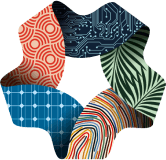
Our People
The Nature team brings together international experts and leaders to develop world-class approaches to conservation and regeneration at NEOM.
-
Dr Paul Marshall
Head of Nature
For more than 25 years, Dr Paul Marshall has worked with leading conservation organizations, advising governments and international agencies on biodiversity, conservation planning, applied research and protected area management. These include the Great Barrier Reef Marine Park Authority and UNESCO.
EXPLORE THE RED SEA
Discovering new depths with OceanX
Beneath the surface of the Red Sea lies an unexplored world. NEOM and OceanX embarked on a mission to learn more about life in the ocean’s depths. Over six weeks, 30 world-renowned experts carried out pioneering work in the deep sea and shallow reefs - focused on oceanography, mapping and genetics. Their groundbreaking discoveries will lay the foundations for NEOM’s ambitious conservation program. This will protect the incredible biodiversity for generations to come.
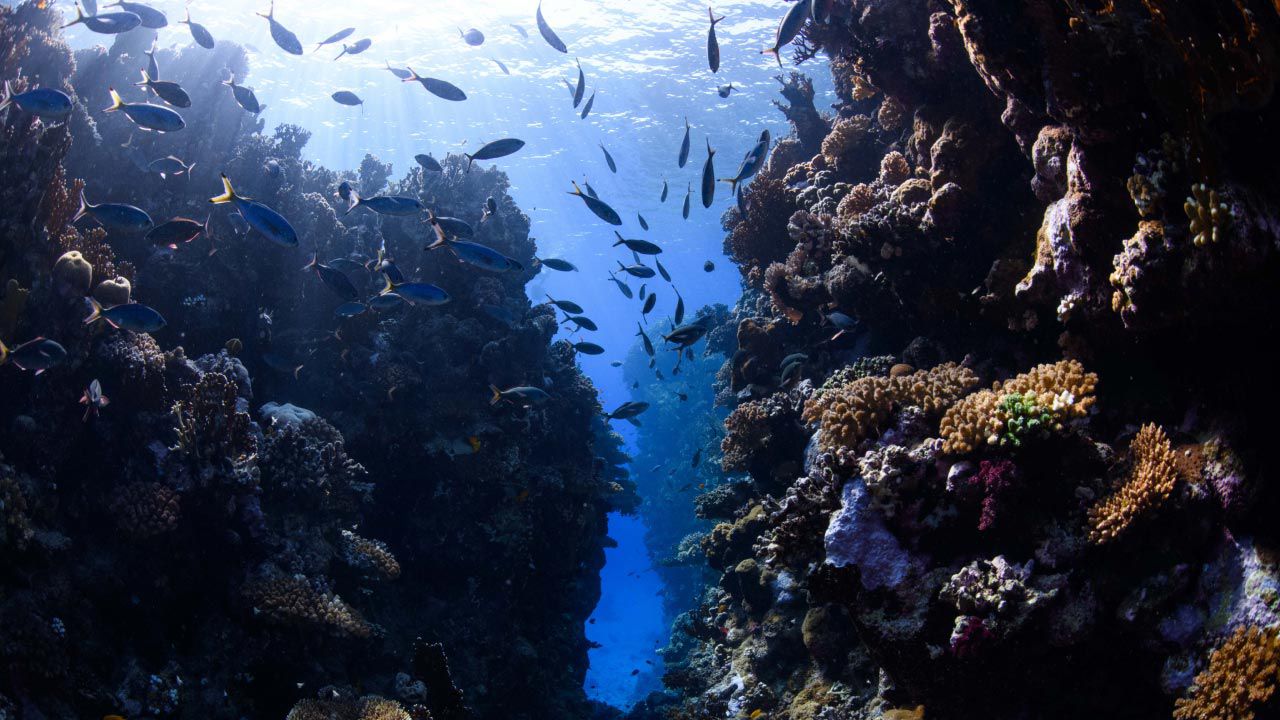
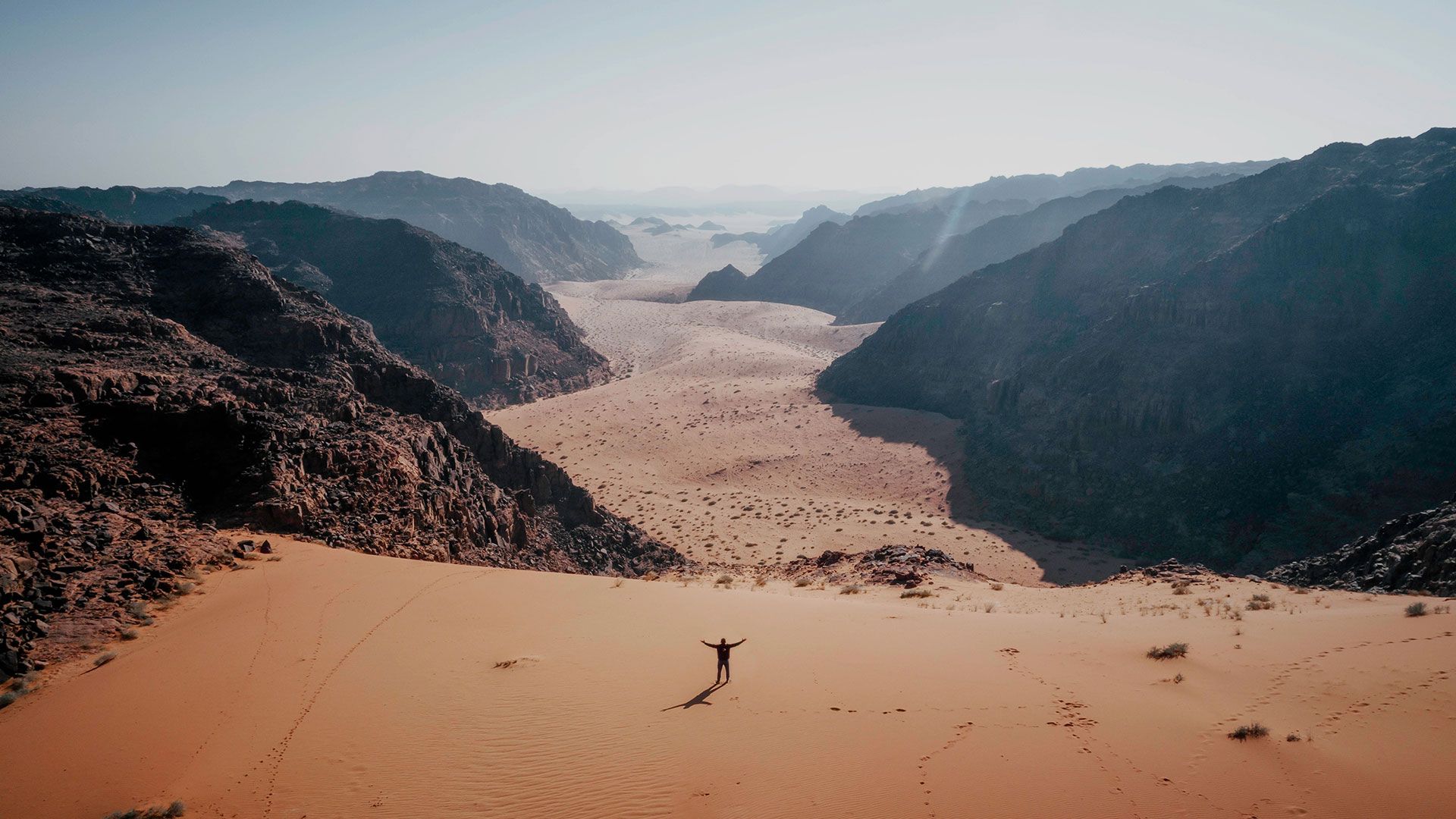

Tourism at NEOM
NEOM is the world’s most ambitious tourism project. Built on a most ancient land, enhanced by world-leading design, immersive digital experiences and seamless travel.
It will challenge and shape the possibilities of global travel in the years to come. Nurturing the raw, untouched landscapes, majestic Trojena peaks and spectacular coastal waters – this will be a new model for sustainable tourism. From the revolutionary urban design of one of our flagship projects THE LINE – with no pollution and no traffic – to the regenerated and rewilded natural wilderness. It will be a destination like no other, enthralling and enticing the world’s travelers.
